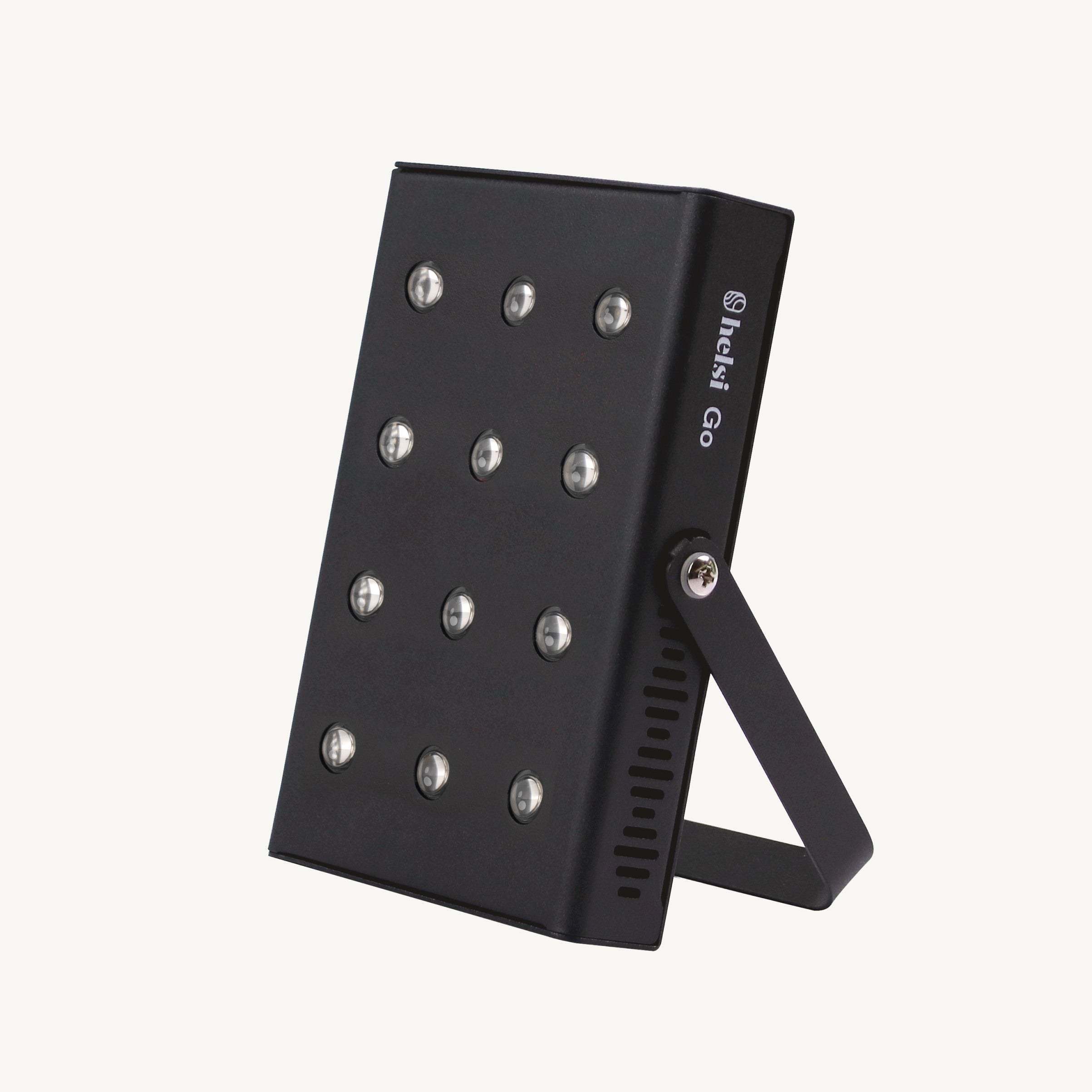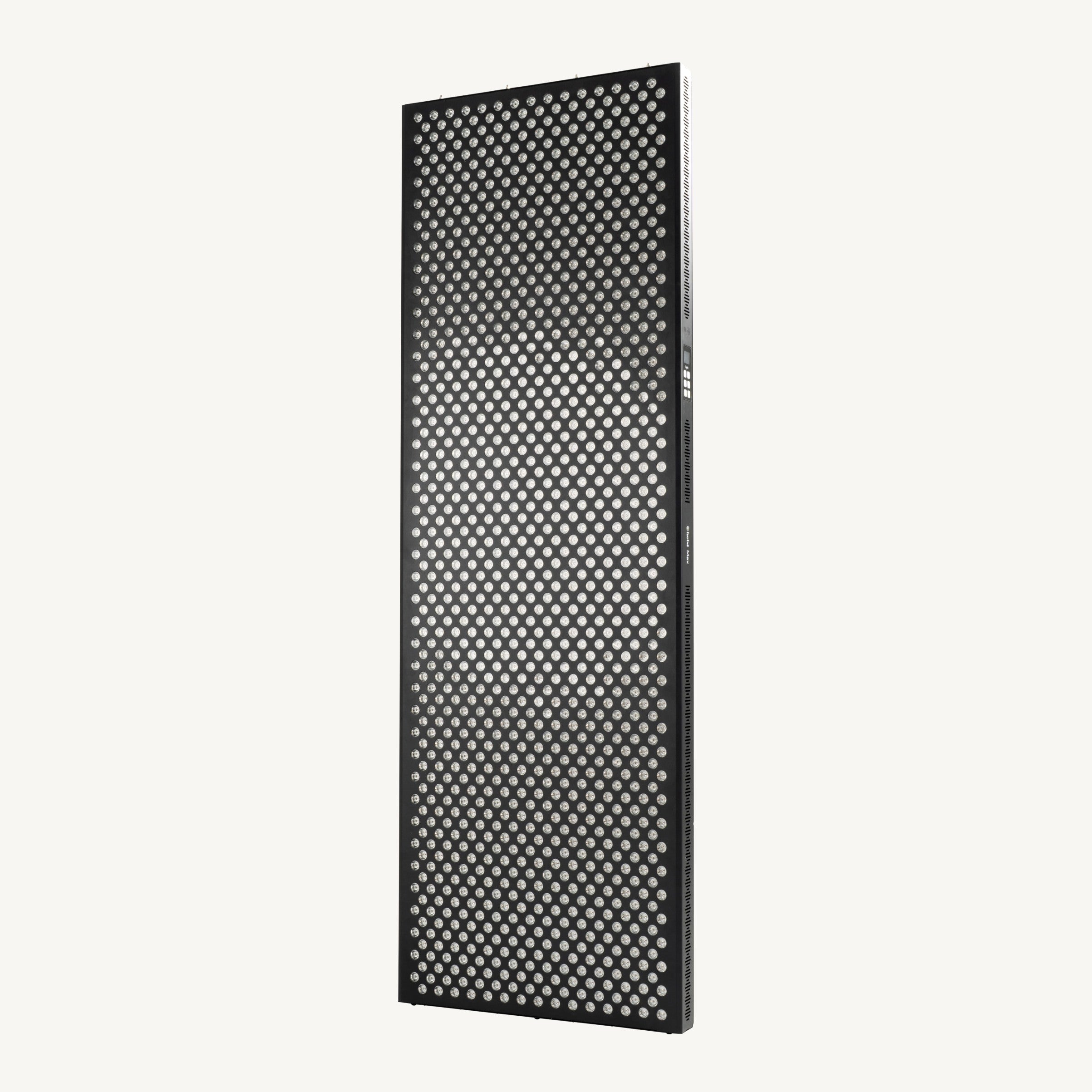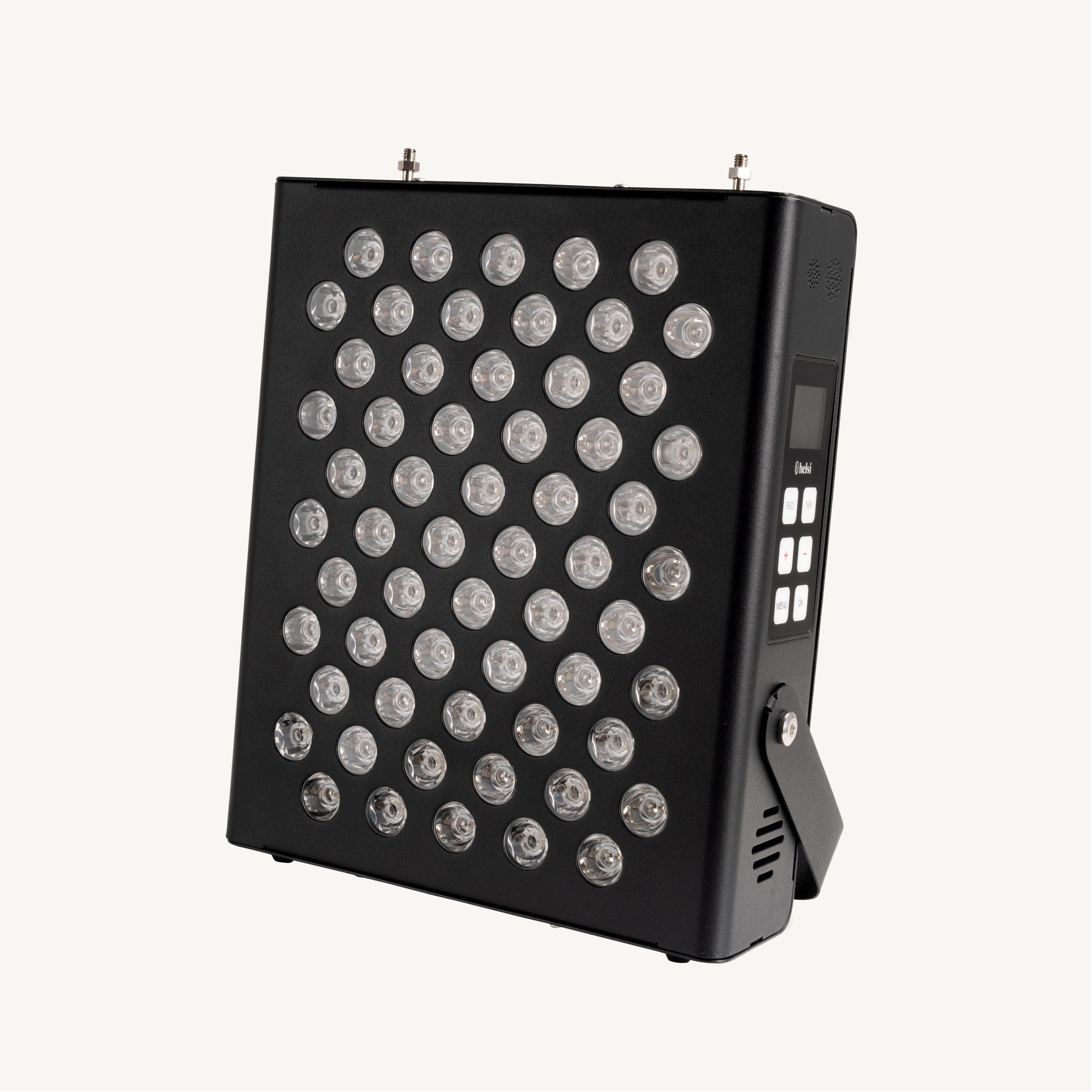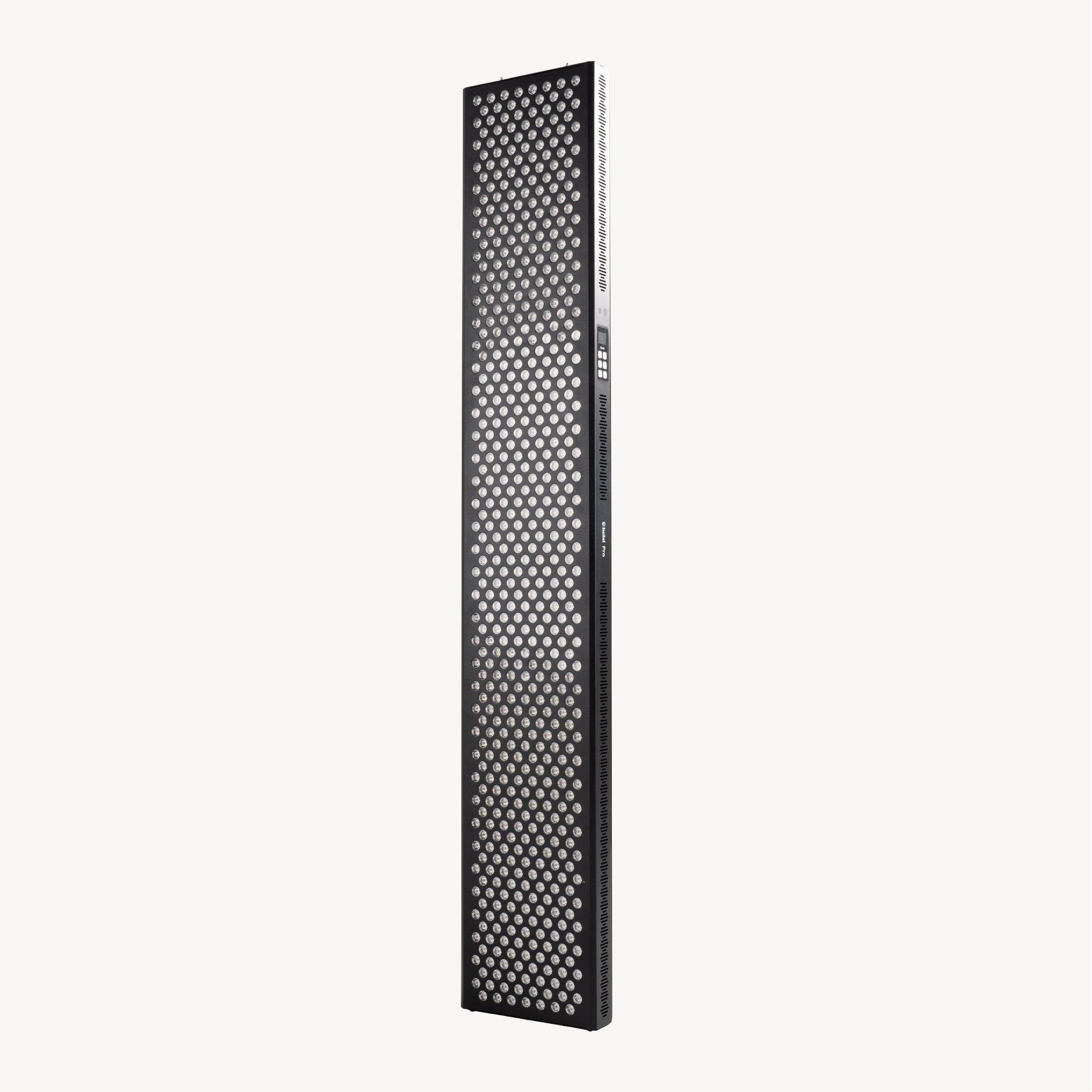The Effect of Red Light Therapy
When used correctly, it is an absolutely safe form of therapy
LLLT is a non-invasive form of treatment in which low-power lasers or LEDs are brought close to the skin. Light is converted into energy using photoreceptors in the skin; more precisely, LLLT increases the production of ATP in the mitochondria.
The list of health benefits of this form of therapy is endless, but today we will only tell you the most important ones. We have also provided direct links to the relevant clinical studies. These are currently only available in English, but we are working on making them available in German as well.
Stimulating muscle growth and increasing performance
There are numerous studies that show significant increases in muscle size, strength, grip strength, leg strength, time to exhaustion, speed, endurance and maximum possible repetitions of exercises!
Studies:
- https://www.ncbi.nlm.nih.gov/pubmed/27371449
- https://www.ncbi.nlm.nih.gov/pubmed/21086010
- https://pubmed.ncbi.nlm.nih.gov/25496083/
- https://www.ncbi.nlm.nih.gov/pubmed/29123629
- https://www.ncbi.nlm.nih.gov/pubmed/29185134
Faster recovery after physical exertion
Regular red light therapy treatments have been shown to reduce delayed onset of muscle soreness, reduce fatigue, reduce the risk of injury, and improve overall recovery.
Studies:
- https://www.ncbi.nlm.nih.gov/pubmed/15954814/
- https://www.ncbi.nlm.nih.gov/pubmed/16875447#
- https://www.ncbi.nlm.nih.gov/pubmed/18817474#
- https://www.ncbi.nlm.nih.gov/pubmed/24258312#
treatment of joint pain
Studies show that LLLT produces many positive changes in conditions that may be causing joint pain, including - Osteoarthritic knee pain, improving poor range of motion in joints, cartilage regeneration, treating meniscus tears, general knee pain, hand and wrist pain, and spinal pain. There are also good Results in the treatment of patients with rheumatoid arthritis. The most promising study showed a 70% reduction in pain.
Studies:
- https://www.ncbi.nlm.nih.gov/pubmed/28096711
- https://www.ncbi.nlm.nih.gov/pubmed/27027049
- https://www.ncbi.nlm.nih.gov/pubmed/28078503
- https://www.ncbi.nlm.nih.gov/pubmed/22169831
improving sleep quality
Studies show that red light therapy increases the body's production of melatonin in the skin and brain. Red light therapy has also been shown to reduce symptoms of certain brain injuries, which may also have a positive effect on sleep. Red light does not suppress melatonin production in the brain like blue light from screens does, so using red light in the evening allows the body to gently relax and better prepare for sleep.
Studies:
- https://www.ncbi.nlm.nih.gov/pubmed/8979406
- https://www.ncbi.nlm.nih.gov/pubmed/23182016
- https://www.ncbi.nlm.nih.gov/pubmed/30427505
- https://www.ncbi.nlm.nih.gov/pubmed/24568233
Has an anti-inflammatory effect
Red light therapy causes our body's cells to increase the production of our own anti-inflammatories and antioxidants, which are released into our blood and circulate throughout our body.
Studies:
Positive effect on skin health
Red light therapy is known to promote collagen production in our skin cells, which can reduce the appearance of fine lines and wrinkles. Combined with increased energy production and anti-inflammatory agents, RLT has great potential to improve skin appearance, reduce the symptoms of a variety of skin conditions from acne to psoriasis to rosacea and increase the repair rate of damaged skin.
Study:
regulation of hormone levels and production of testosterone
Studies show positive results in balancing the body's natural hormone production, including thyroid hormones, mood-elevating hormones, and there are promising studies showing an increase in sex hormones (especially testosterone) in both men and women.
Studies:











